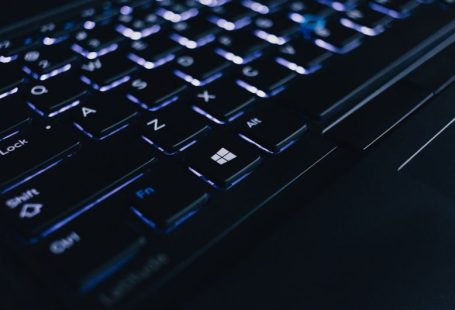Setting up dual monitors with your micro PC can significantly enhance your productivity and multitasking capabilities. Whether you’re working on complex projects, gaming, or simply looking to expand your screen real estate, having two monitors can provide a seamless and efficient computing experience. In this guide, we will walk you through the steps to set up dual monitors with your micro PC.
Choosing the Right Hardware
Before you begin the setup process, it’s essential to ensure that your micro PC has the necessary hardware capabilities to support dual monitors. Check the specifications of your micro PC to confirm if it has multiple video outputs, such as HDMI, DisplayPort, or VGA. If your micro PC only has one video output, you may need to invest in a compatible graphics card or a USB-to-video adapter to connect the second monitor.
Selecting the Monitors
When selecting monitors for your dual setup, it’s crucial to consider factors such as screen size, resolution, and connectivity options. Ensure that both monitors have compatible video inputs with your micro PC. Ideally, choose monitors with the same resolution and aspect ratio to avoid any display discrepancies between the two screens.
Connecting the Monitors
To connect the dual monitors to your micro PC, follow these steps:
1. Power off your micro PC and the monitors.
2. Identify the video outputs on your micro PC and connect one end of the video cables to each monitor.
3. Power on the monitors and the micro PC.
4. Depending on your operating system, you may need to adjust the display settings to enable dual monitor support. In Windows, right-click on the desktop, select “Display settings,” and click on “Detect” to identify the connected monitors.
Configuring Display Settings
After connecting the monitors to your micro PC, you may need to configure the display settings to optimize the dual monitor setup. Here are some essential settings to consider:
1. Display Arrangement: Arrange the monitors based on your preference, such as side by side or one above the other. Drag and drop the monitors in the display settings to reflect their physical placement.
2. Screen Resolution: Set the resolution of both monitors to ensure a consistent display experience across the screens. Adjust the resolution based on the capabilities of your monitors and your personal preferences.
3. Display Orientation: Customize the orientation of each monitor, such as landscape or portrait mode, to suit your workflow and viewing preferences.
Enhancing Productivity with Dual Monitors
Once you have successfully set up dual monitors with your micro PC, you can leverage this setup to enhance your productivity and efficiency. Here are some tips to maximize the benefits of dual monitors:
– Multitasking: Use one monitor for your primary tasks, such as document editing or coding, and the other for reference materials, communication tools, or entertainment.
– Extended Workspace: Spread out your applications across both monitors to reduce clutter and improve organization. This can help you work on multiple projects simultaneously without switching between windows frequently.
– Gaming Experience: If you’re a gamer, dual monitors can provide a more immersive gaming experience by expanding your field of view and enhancing visual clarity.
Incorporating dual monitors into your micro PC setup can revolutionize the way you work, play, and create. By following the steps outlined in this guide and optimizing your display settings, you can unlock the full potential of your dual monitor setup and enjoy a seamless computing experience.





